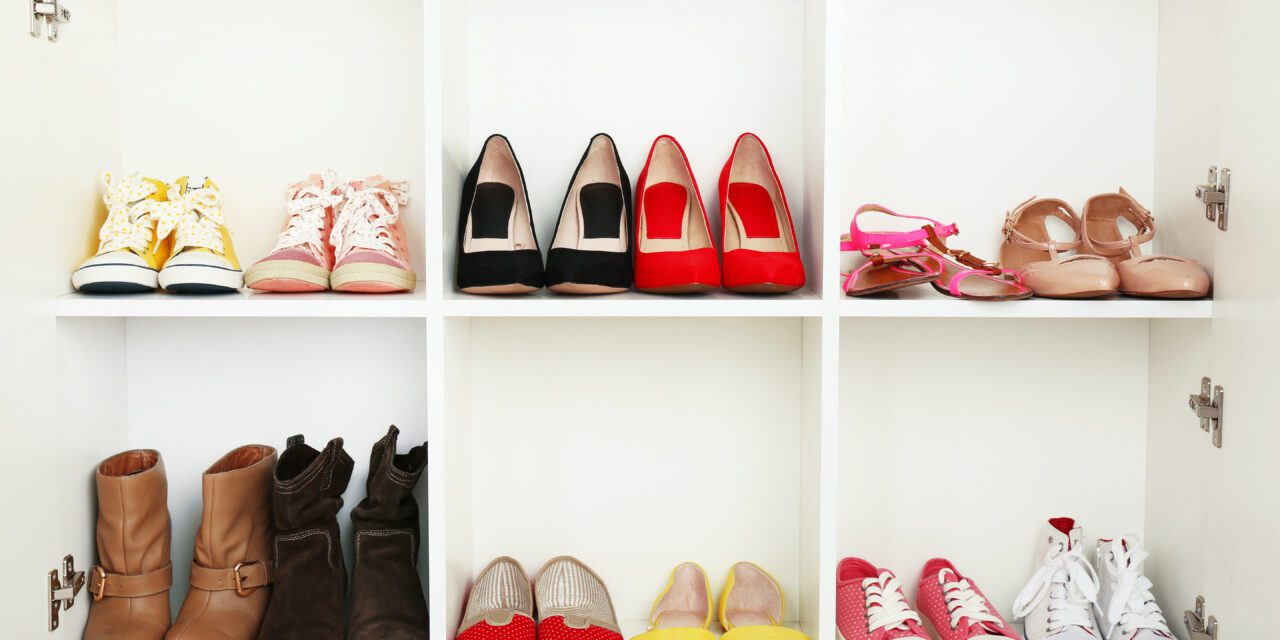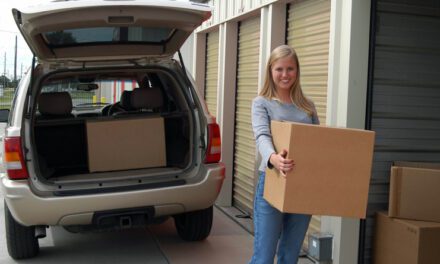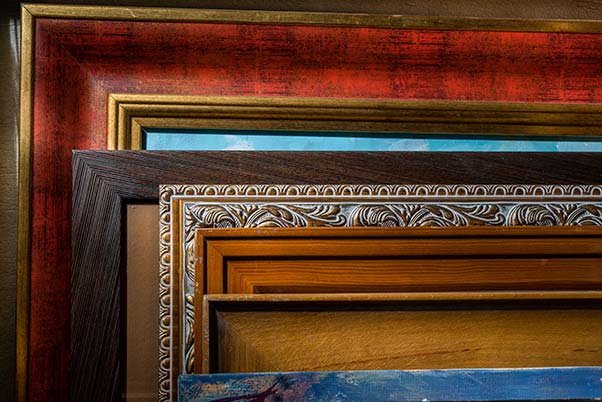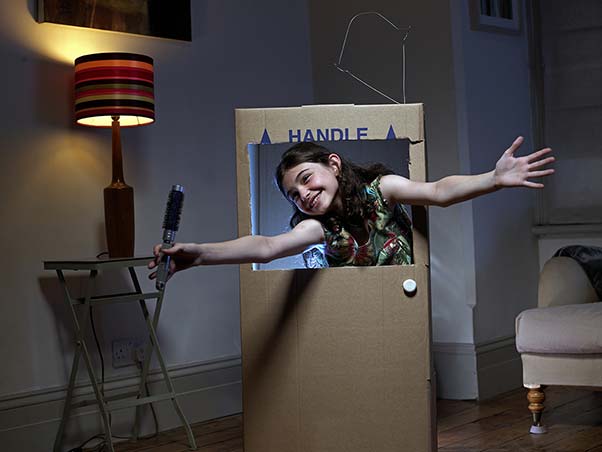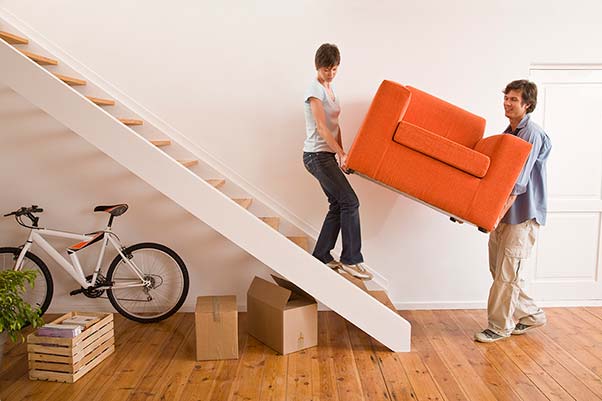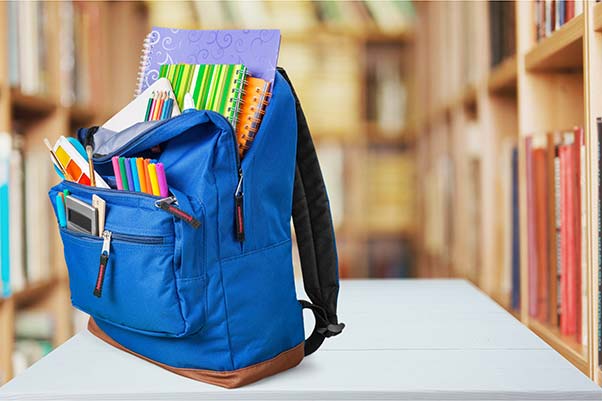How To Store Shoes Long-Term
As much as you love your shoe collection, keeping all those shoes in your closet might not be feasible. Whether it’s because of space constraints, a transition to a new home, a new job opportunity, or an extended deployment, you may need to invest in a shoe storage unit. In this case, you’ll want to know how to store shoes long-term.
Use a shoe storage container to store your seasonal shoes, dress shoes you don’t often wear, sports shoes, or older shoes you don’t want to throw away. In this article, we’ll show you exactly how to prepare your shoes for storage so they’ll stay safe, clean, and functional.
Proper personal storage is one of the best ways to preserve shoes. Though some of these steps may take a bit of time, they will help you avoid the most common mistakes people make when storing their shoes for long periods.
Step 1. Choose Your Shoes
First, decide which shoes will be going into your storage unit. One easy way to do this is to line up all your shoes and determine which ones you don’t wear regularly. You may also want to choose larger, bulkier shoes for storage, as they can take up the most room at home. Likewise, you might want to store seasonal shoes, like snow boots or flip-flops, in the off-season. Now may also be a good time to donate or give away shoes you no longer want.
Step 2. Clean and Condition Your Shoes
Proper storage for shoes begins with clean shoes. Before putting your shoes into long-term storage, clean them and use proper shoe care. At a minimum, wipe down your shoes or clean them off with a brush. Be sure to remove any visible soil or debris. If cleaning with a wet cloth, allow your shoes to dry completely before storing or conditioning.
Cleaning Leather Shoes
Conditioning isn’t required for all shoe types, but it is a must for leather boots and dress shoes. After thoroughly brushing or cleaning off your shoes and allowing them to dry, remove your laces. Using a clean rag, apply a light coat of leather conditioner to your shoes. Allow the shoes to dry overnight, and wipe off any excess conditioner. Give your shoes a final brush before replacing your laces and preparing to pack them.
Cleaning Suede Shoes
Clean your suede shoes using talcum powder and a brush. You can also use pencil erasers or an emery board to get rid of small stains. It probably goes without saying, but don’t ever clean suede (or leather) shoes with water. You’ll end up covering your beautiful suede shoes with unsightly stains.
Step 3: Use a Shoe Tree or Stuff With Acid-Free Tissue Paper
If you have high-quality boots or shoes, you should already be using a cedar shoe tree on a daily basis. Shoe trees provide two useful functions that will extend the life of your shoes during storage.
First, shoe trees absorb moisture. You’d be surprised at how much moisture accumulates from sweat when you wear your shoes. By absorbing moisture, the shoe tree helps prevent your shoes from smelling and protects leather insoles from cracking as they dry and contract. If made of cedar, your shoe trees also fulfill an antimicrobial function which will help you avoid any unpleasant surprises when you pull them out of the shoe storage.
Second, shoe trees will help your shoes and boots maintain their shape during storage. Leather shoes will curl and shrink as the leather dries and contracts and can even be susceptible to dry rotting. Shoe trees will ensure your shoes maintain their shape and feel and look as good as the day you put them into self storage.
For shoes where shoe trees aren’t appropriate, consider stuffing your shoes with acid-free tissue paper or packing paper. Stuffing them will help your shoes maintain their shape while in storage. Then purchase a shoe organizer like a shoe rack or shoe cabinet — this will help with the overall organization of the storage space.
Step 4: Bag Your Shoes
Place your shoes in a shoe bag before you put them into a shoe storage container. If you’ve never used them before, shoe bags are individual bags for each shoe. They protect shoes from becoming scuffed from the sole or leather of the other shoe in a pair or from color transfer from patent leather. Flannel bags are highly touted as the best option, but even other materials (like a plastic bag) will, at a minimum, protect your shoes from damaging one another while in their storage box.
Step 5: Box Your Shoes
Place each pair of shoes in their own storage shoe box. Ideally, this will be in the shoe box your shoes came in when you purchased them. Original boxes fit your shoes, save you money, and allow for adequate air circulation. Storing shoes in boxes also allows you to stack them without worrying about damaging them, and it will be easier to identify their contents while in storage.
Plastic Shoe Boxes
The use of plastic storage shoe boxes is somewhat controversial. The benefit of plastic boxes is that they are opaque and make it easier to quickly and easily identify each pair of shoes. Plastic boxes also last longer than cardboard boxes and can protect your shoes against external moisture.
With plastic boxes, it’s the internal moisture you have to worry about — if the plastic bin is sealed and moisture is in your shoes or the container, mold or mildew can grow inside it. If you want to store your shoes in a plastic bin, choose containers with ventilation at the top. Be sure to thoroughly clean the container before storage, and allow it to fully dry before placing your shoes inside.
Consider Climate Control Storage for Shoes
Your biggest enemy when it comes to shoe storage solutions is moisture. Moisture will cause the leather to expand, then contract and crack as the shoe dries. Warm, humid environments are ideal spaces for the growth of mold, mildew, and dry rotting. If you are looking into how to store shoes for the long term, you might consider using a climate-controlled storage unit.
At Price Self Storage, we offer climate-controlled units at a few of our locations across California, including our locations at Haven Avenue and Arrow Route.
Watch Out For:
- Heat damage: If your shoes are exposed to intense heat, they will quickly become brittle and damaged. Your shoes may even be at risk of falling apart due to any glue that melts away from the heat. To avoid this, don’t store your shoes in a garage or attic with low insulation.
- Pests: Storing your shoes in cardboard boxes may be the perfect invitation for little rodents to chew right through them for their nests. If you see any chew marks or droppings in the storage unit, consider getting plastic shoe storage containers to ensure absolute protection of your shoes.
- Mildew: To avoid any mildew growth within your shoes, be sure to put silica gel packets inside before storing them.
Store Your Shoes With Price Self Storage
By following these simple storage unit tips, your stored shoes will be ready to wear when you need them! At Price Self Storage, we offer a variety of storage unit sizes. Whether you need to store a few pairs of high-quality shoes or have a mountain of footwear, we have the right shoe storage unit for you.
Our facilities are located throughout California, mostly just off major highways and roads for fast and easy access. Gates, lights, and cameras will help protect your storage unit. We also offer month-to-month leasing, so if you just need to store your shoes during a closet renovation or a move, you won’t be trapped in a long contract.
Once you start to declutter your life by putting your shoes in storage, you might want to partake in a whole-house declutter and put some of your clothes in storage too. And what’s the best way to store clothes? In a storage unit, of course! At Price Self Storage, our types of storage units will become an extension of your home — a place to store all of your belongings, leaving you with a clutter-free home and easy access to your items when needed.
To ensure you find the right storage unit for your needs, refer to our storage unit size guide. If you have any additional questions, contact Price Self Storage today, and our free concierge service will help with anything you need!
Shoe Storage Solutions FAQs
What size shoe storage unit should I rent?
Choosing the right storage unit size will depend on the number of shoes you’d like to store and whether you need to store additional items. If you only need to store a few pairs of shoes, our locker storage could be a great choice. You’ll get a little extra space if you choose our small 5×5 unit, which gives you 25 square feet of space.
Want to store a few boxes of extra clothes along with your shoes or maybe some sports equipment you don’t use regularly? Our small 5×10 unit or our medium 10×10 unit might be a better fit.
How should I organize my shoes in storage?
The easiest way to organize your shoes is to keep “like” shoes together. For example, you can group shoes into categories like:
- Dress shoes
- Sports shoes
- Collectible sneakers
- Heels
- Boots
- Active shoes
- Sandals
You can stack similar shoes together or add shoe racks to your unit and keep them together on the same shelf.
Another key for organizing your shoes is to make sure you know which pair is in which storage shoe box. You can make this easier by investing in clear plastic shoe storage containers. If you’d rather use the shoe’s original box, consider taping a picture of the shoe onto the outside of the box. It’ll take a little work initially, but it’ll save you lots of time over the course of your storage.
SOURCES
- https://bespokeunit.com/shoes/care/storage/
- https://www.seattleguild.org/how-to-properly-store-your-shoes-with-care/
- https://www.thefootwearacademy.com/how-to-store-shoes-long-term-to-prevent-mold

